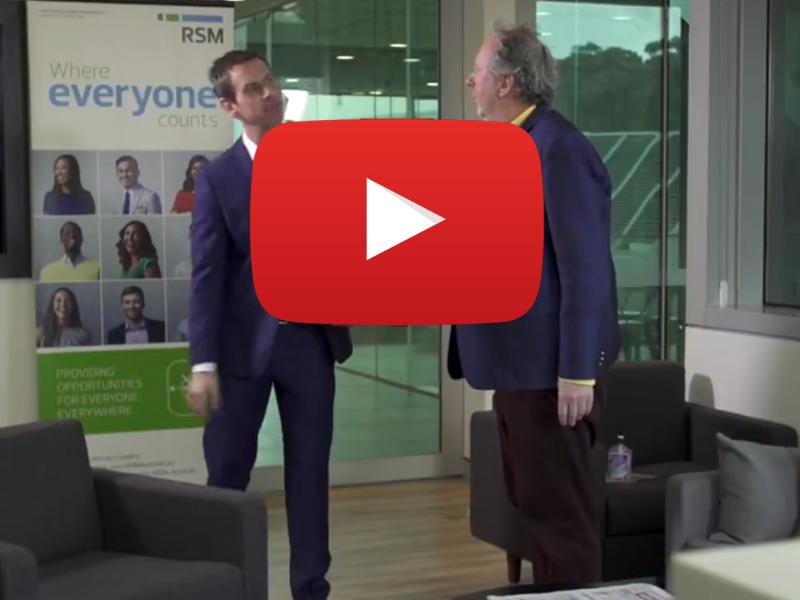What are the best asset protection strategies?
In our continuing series on asset protection, this article considers some of the basic asset protection strategies and aims to provide a starting point for those contemplating the risks associated with their business.
A key concept of asset protection is to:
“Separate risk from value”
Separating risk from value can be as simple as ensuring a sole trader has the right level of insurance to protect against claims. It can also mean structuring or restructuring your business in a way that separates valuable assets (such as intellectual property) from the inherently risky parts of your business (employees or trading activities).
No business’s circumstances are the same, therefore our RSM asset protection specialists start by reviewing your business structure, provide options to mitigate risk, and identify options to limit personal liabilities arising in your business. Our tax experts also work hand in hand with our asset protection specialists to ensure no unwanted tax implications of potential strategies.
A major factor in ensuring a business can separate risk from value is having the right structure in place.
Whilst businesses can operate in many different structures (including Indigenous Corporations, Co-operatives and companies limited by guarantee), the most common business structures will generally include one, or a combination of, the following:
- Sole Trader
- Partnership
- Company
- Trust
A company structure has long been the most common business structure due to the legal separation it provides to shareholders and directors. However, due to recent changes, the corporate veil has been somewhat eroded to increase the potential personal liabilities to officeholders.
Now, more than ever, smart strategies need to be established and pressure tested regularly with a view to maintaining the appropriate balance between mitigating risk whilst building wealth.
Depending on your existing structure and notwithstanding the personal business liabilities that can arise as a sole trader, partner or individual trustee, a director of a company can now be held personally liable and responsible for company debts in various instances.
By no means exhaustive, some examples include personal guarantees, employee tax withholding obligations, compulsory superannuation contributions, insolvent trading, director/shareholder loans and unpaid trust distributions.
Everyone’s risk appetite and circumstances are different, however, our respective thoughts tend to change along the different stages of our life cycle.
Timing is crucial as it is near impossible to implement robust strategies during a crisis. For example, you generally can’t shift your personal liability if you are already facing legal action nor can you turn back the clock to implement strategies to safeguard your home from a bankruptcy trustee.
In working with clients we refer to asset protection as being akin to a game of snakes and ladders. We are all generally focused on climbing the ladders. Unfortunately, it is the slippery slopes that often disrupt our plans.
These can include:
- Unexpected legal claims;
- Matrimonial discord;
- Ill health, serious illness or disability;
- Extended loss of income or erosion of trading losses;
- Natural disasters; and
- Family issues such as disputes in succession and estate planning.
Our asset protection specialists will help you understand the pros and cons of the various structures to find the ideal scenario for you to best Separate risk from value.
This may include considering strategies involving:
- Superannuation (one of the last remaining non-divisible assets in bankruptcy);
- Security arrangements / PPSA/PPSR;
- Insurance including liability, professional indemnity, property, income protection and associated options;
- Main residence exemption and other tax minimisation considerations;
- Survivorship and associated issues pertaining to real property holdings and estate planning;
- Family law agreements;
- Maintaining and developing your income streams;
- Gifts and inheritance;
- Dispute resolution;
- Limiting personal liabilities in business, and
- Entity restructures including consideration of available income tax and duty relief.
It is important to remember that asset protection is not a set-and-forget activity. The asset protection lifecycle evolves because life is constantly changing.
Putting a plan in place now could be the difference between asking if the family home is at risk at some point in the future and knowing that you have done all you can to safeguard it.
Identifying your best Asset Protection strategy
There is no one-size-fits-all strategy for finding the balance in separating risk from value. RSM structuring specialists design and monitor a fit-for-purpose asset protection strategy that goes a long way towards protecting your business and family’s wealth against the unforeseen.
How can RSM help you with your business and personal assets?
For a confidential discussion and evaluation of your personal and business assets and strategies, contact your local RSM office today.




